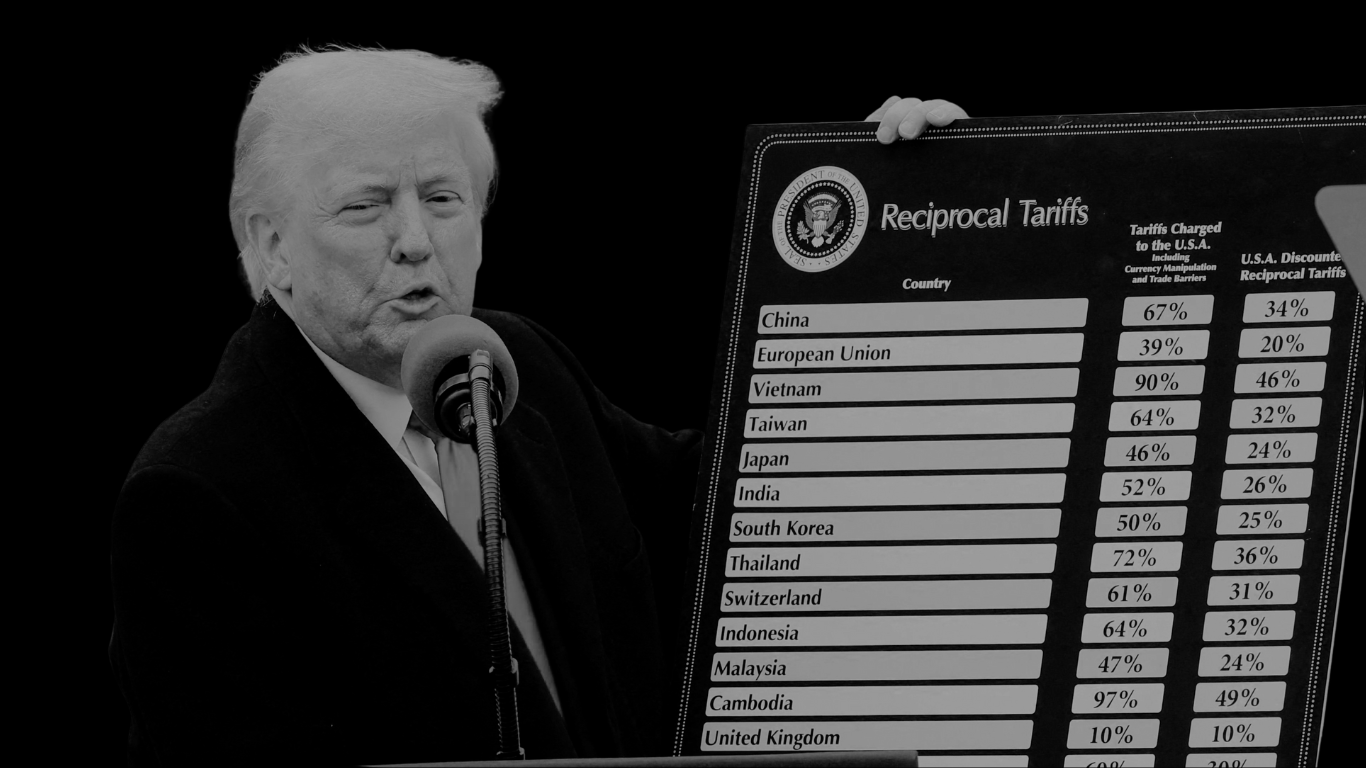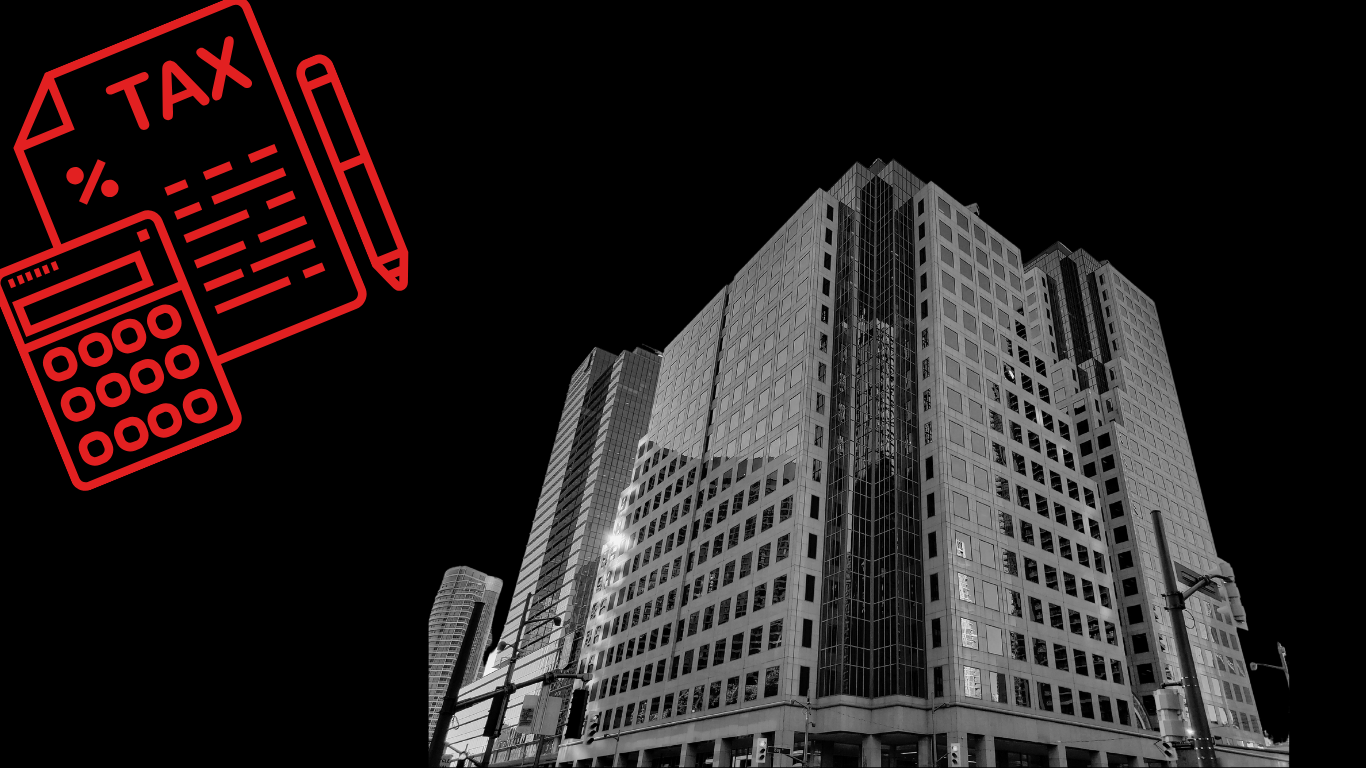The seasons are once again upon us, that being of course Christmas and the dreaded Personal Tax Return (PTR) season. Each year millions of businesses and individuals are required to file and submit their self-assessment annual return form. This details exactly what requires to be taxed by HMRC.
This for the vast majority is a steady and seamless process, particularly for those who have already digitalised and automated their incomings and outgoings through MTD (Making Tax Digital). However, PTRs can still provide many with headaches which could culminate in misfiling errors and hefty penalties. Getting your self-assessment forms filed and submitted before the Christmas break is always highly recommended, giving you the peace of mind to sit back, relax, pig out and let the festivities wash over you.
We break down exactly what needs to be included in your Personal Tax Return, the most common mistakes when filing, and why MTD will take the stress away from this annual occurrence.
What Is A Personal Tax Return & Who Do They Apply To?
Self-Assessment, also known as your Personal Tax Return, is basically for anyone who is receiving undeclared income which is outside of PAYE (Pay As Your Earn). This means those who are self-employed, freelance, sole traders, landlords, dividend shareholders in a company, or profit from anything other than within PAYE employment are required to submit by midnight on the 28th February (an extension from the usual 31st January deadline). As well as this, this also includes those who have received COVID-19 grants and support payments.
You will need to keep records (for example bank statements or receipts) so you can fill in your tax return correctly. If you do not submit your tax return by midnight on the 31st of January you will be subject to a £100 instant fine. After 3 months if it still hasn’t been submitted, a further £10 per day will accrue which then rises to an additional £300 penalty 90 days after that, and then at 12 months a further £300 fine penalty (accumulating in £1600 each year in non-submission).
As well as this, anyone who cannot pay their Self Assessment tax by the 31 January deadline will not receive a late payment penalty if they pay their tax in full, or set up a Time to Pay arrangement, by 1st April 2025. It’s worth noting that the regime for HMRC penalties will be changing in line with the introduction of MTD (Making Tax Digital) in April 2024. Taxpayers will receive a point every time they miss a submission deadline, which will be notified by HMRC. At a certain threshold of points, a financial penalty of £200 will be charged. The threshold is determined by how often a taxpayer is required to make their submission.
How To File Your Self-Assessment & What Are Some Of The Most Common Mistakes?
Your Self-assessment form will require you to disclose all of your income, regardless whether or not the tax has been deducted at source, for example a lump sum pension payout. This is so that HMRC can accurately calculate the specific tax bracket you fall under and how much tax is to be paid. No matter how small the income amount may be that you have received, if it hasn’t been declared to HMRC previously then it needs to be disclosed when filing your self-assessment.
Often people and businesses will believe that because a sum of money has already been taxed, or is granted from HMRC, then it won’t need to be disclosed. This is where the majority of mistakes and misfilings occur. Adam Truluck, Nordens’ Tax Manager, says, “I see it year on year where small discrepancies which haven’t been filed correctly can come back to bite. Take the High Income Child Benefit Tax Charge for example, which is definitely one of the most popular mistakes that HMRC like to draw people up on. Most of the time, if this has been missed off in the first year then HMRC will scrap the penalty, however after that you will be subject to a fine.”
Adam goes on to state, “P11Ds on payroll are also something which crop up every year in numbers. The mistake many people make is thinking that because the tax has been deducted from the P11D at source it doesn’t need to be included, resulting in a refund automatically issued by HMRC. That refund will then be rectified and collected the next year from HMRC, as well as charging an additional penalty fine for incorrect filing. A real sting in the tail which still gets thousands of people each year.”
The seasons are once again upon us, that being of course Christmas and the dreaded Personal Tax Return (PTR) season. Each year millions of businesses and individuals are required to file and submit their self-assessment annual return form. This details exactly what requires to be taxed by HMRC.
This for the vast majority is a steady and seamless process, particularly for those who have already digitalised and automated their incomings and outgoings through MTD (Making Tax Digital). However, PTRs can still provide many with headaches which could culminate in misfiling errors and hefty penalties. Getting your self-assessment forms filed and submitted before the Christmas break is always highly recommended, giving you the peace of mind to sit back, relax, pig out and let the festivities wash over you.
We break down exactly what needs to be included in your Personal Tax Return, the most common mistakes when filing, and why MTD will take the stress away from this annual occurrence.
What Is A Personal Tax Return & Who Do They Apply To?
Self-Assessment, also known as your Personal Tax Return, is basically for anyone who is receiving undeclared income which is outside of PAYE (Pay As Your Earn). This means those who are self-employed, freelance, sole traders, landlords, dividend shareholders in a company, or profit from anything other than within PAYE employment are required to submit by midnight on the 28th February (an extension from the usual 31st January deadline). As well as this, this also includes those who have received COVID-19 grants and support payments.
You will need to keep records (for example bank statements or receipts) so you can fill in your tax return correctly. If you do not submit your tax return by midnight on the 31st of January you will be subject to a £100 instant fine. After 3 months if it still hasn’t been submitted, a further £10 per day will accrue which then rises to an additional £300 penalty 90 days after that, and then at 12 months a further £300 fine penalty (accumulating in £1600 each year in non-submission).
As well as this, anyone who cannot pay their Self Assessment tax by the 31 January deadline will not receive a late payment penalty if they pay their tax in full, or set up a Time to Pay arrangement, by 1st April 2025. It’s worth noting that the regime for HMRC penalties changed in line with the introduction of MTD (Making Tax Digital). Taxpayers will receive a point every time they miss a submission deadline, which will be notified by HMRC. At a certain threshold of points, a financial penalty of £200 will be charged. The threshold is determined by how often a taxpayer is required to make their submission.
How To File Your Self-Assessment & What Are Some Of The Most Common Mistakes?
Your Self-assessment form will require you to disclose all of your income, regardless whether or not the tax has been deducted at source, for example a lump sum pension payout. This is so that HMRC can accurately calculate the specific tax bracket you fall under and how much tax is to be paid. No matter how small the income amount may be that you have received, if it hasn’t been declared to HMRC previously then it needs to be disclosed when filing your self-assessment.
Often people and businesses will believe that because a sum of money has already been taxed, or is granted from HMRC, then it won’t need to be disclosed. This is where the majority of mistakes and misfilings occur. Adam Truluck, Nordens’ Tax Manager, says, “I see it year on year where small discrepancies which haven’t been filed correctly can come back to bite. Take the High Income Child Benefit Tax Charge for example, which is definitely one of the most popular mistakes that HMRC like to draw people up on. Most of the time, if this has been missed off in the first year then HMRC will scrap the penalty, however after that you will be subject to a fine.”
Adam goes on to state, “P11Ds on payroll are also something which crop up every year in numbers. The mistake many people make is thinking that because the tax has been deducted from the P11D at source it doesn’t need to be included, resulting in a refund automatically issued by HMRC. That refund will then be rectified and collected the next year from HMRC, as well as charging an additional penalty fine for incorrect filing. A real sting in the tail which still gets thousands of people each year.”
How Can Making Tax Digital (MTD) Help With Your Personal Tax Return?
By registering and setting yourself up on Making Tax Digital (MTD) now ahead of the now rescheduled deadline, it can take away a large bulk of the stress associated with filing and submitting your Personal Tax Return. MTD is designed to make the process of completing digital tax records and returns a seamless process on a quarterly basis (every 3 months).
You may be thinking, having to submit quarterly will surely mean an increased workload however by consistently keeping track of your incomings and expenses using a dedicated piece of software such as Xero, this cuts out a huge number of hours trawling through year-old receipts and invoices. From a growth perspective, it also provides unparalleled access to view your financial data and figures to proactively forecast, as well as scenario plan, the next steps of your business.
We hope this has outlined to you the importance of correctly filing a Personal Tax Return, or self-assessment form, and how going digital could seriously help. If you require any more information on personal tax returns, MTD, or anything accounting related for that matter, please don’t hesitate to get in contact with us at Nordens where one of our trusted advisors would be happy talking you through your query.
How Can Making Tax Digital (MTD) Help With Your Personal Tax Return?
By registering and setting yourself up on Making Tax Digital (MTD) now ahead of the now rescheduled deadline, it can take away a large bulk of the stress associated with filing and submitting your Personal Tax Return. MTD is designed to make the process of completing digital tax records and returns a seamless process on a quarterly basis (every 3 months).
You may be thinking, having to submit quarterly will surely mean an increased workload however by consistently keeping track of your incomings and expenses using a dedicated piece of software such as Xero, this cuts out a huge number of hours trawling through year-old receipts and invoices. From a growth perspective, it also provides unparalleled access to view your financial data and figures to proactively forecast, as well as scenario plan, the next steps of your business.
We hope this has outlined to you the importance of correctly filing a Personal Tax Return, or self-assessment form, and how going digital could seriously help. If you require any more information on personal tax returns, MTD, or anything accounting related for that matter, please don’t hesitate to get in contact with us at Nordens where one of our trusted advisors would be happy talking you through your query.









































































































































































































































































































































































































































































































